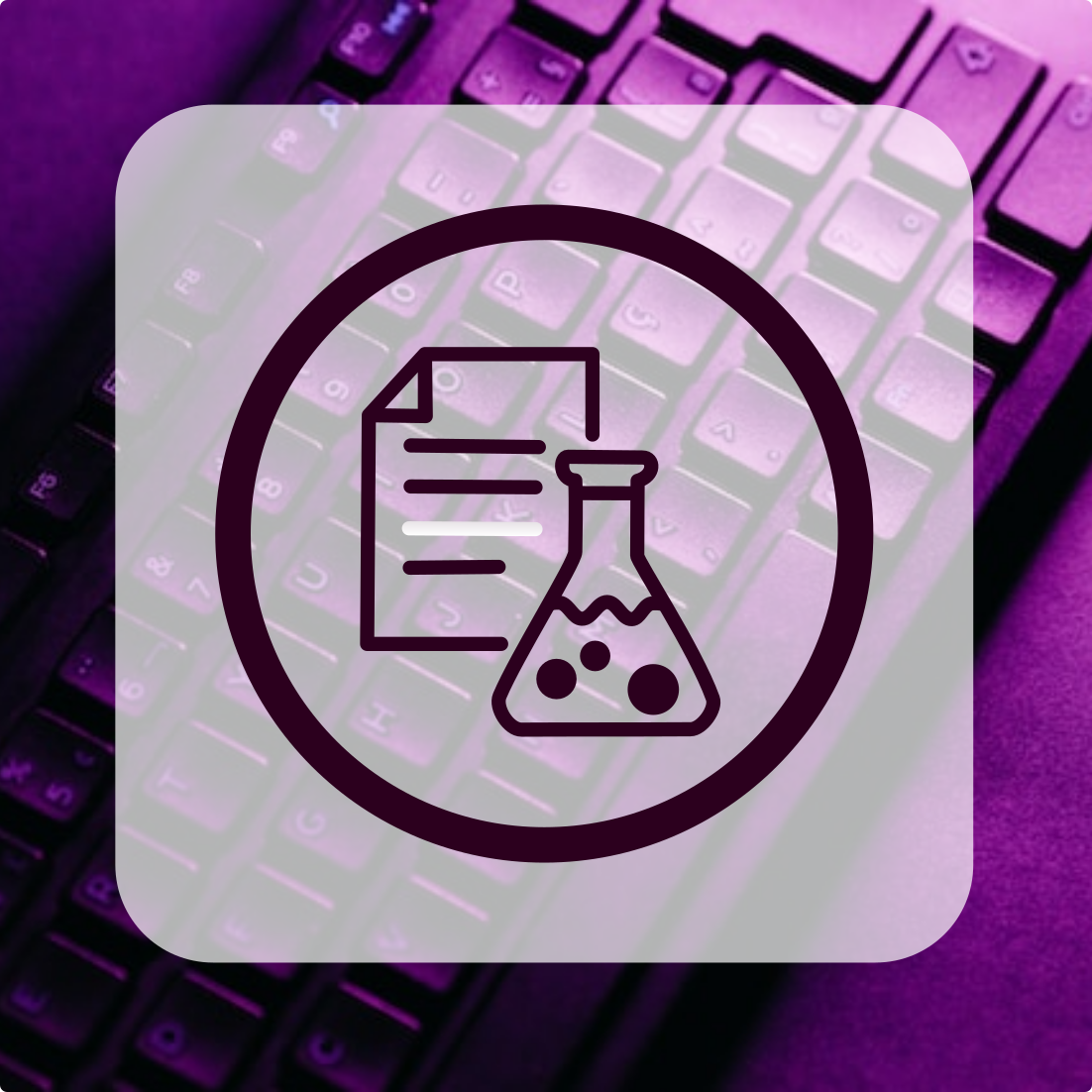
- Topic: Quantum Chemistry, Machine Learning
- Project: n.a.
- Team: n.a.
Quantum PhotoAlchemy
We are a group that combines the fields of quantum chemistry and machine learning to explore the mechanisms behind photochemical reactions. Our aim is to understand the unique reactivities and selectivities that arise upon photoexcitation of molecules. We use TD-DFT and MCSCF calculations, as well as non-adiabatic molecular dynamics simulations, to investigate these mechanisms. Our work involves independent research and collaborations with partners worldwide.
Further Reading


